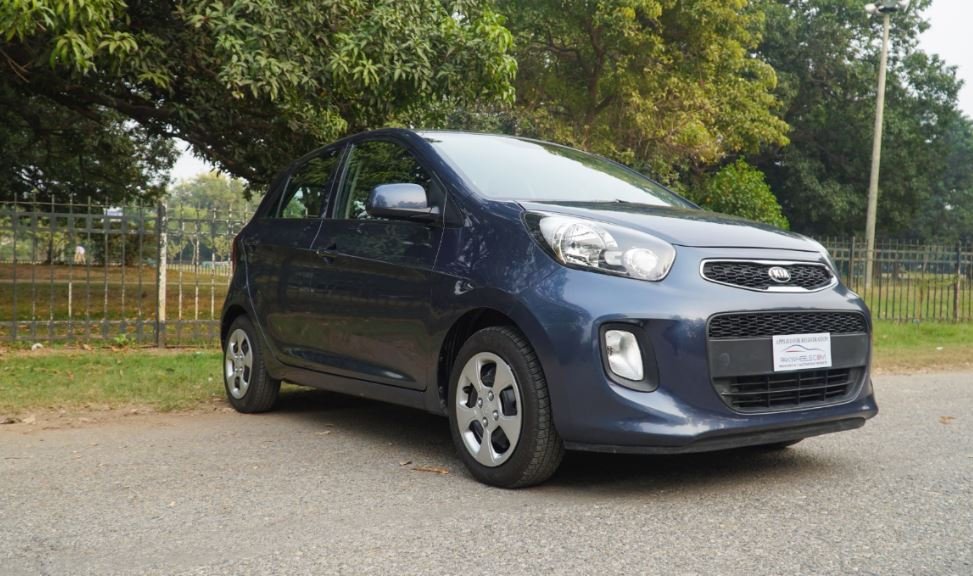In an era marked by rapid global change, international travel is more accessible than ever. Yet, with this freedom comes an increasing need to stay informed, cautious, and prepared. Whether you’re a seasoned traveler or planning your first international trip, understanding the importance of a Travel Advisory is no longer optional—it’s essential.
This article explores what a travel is, how it works, why it matters, and what every traveler should do to stay safe amid political unrest, health threats, and border tensions.
What Is a Travel Advisory?
A travel advisory is an official notice issued by a government or international body to inform citizens about safety risks in foreign countries. These advisories help travelers make informed decisions by outlining the current situation, potential dangers, and necessary precautions.
Governments such as the U.S. Department of State, UK Foreign Office, Canadian Travel Service, and Australian DFAT regularly update travel advisories based on:
- Political unrest
- Terrorism threats
- Natural disasters
- Disease outbreaks
- Border conflicts
- Crime rates
Why Is a Travel Advisory Important?
A travel isn’t just a warning—it’s a toolkit for protection. These notices guide you in understanding what to expect, where to avoid, and how to act during emergencies abroad.
Here’s why every traveler should pay attention to travel advisories:
1. Protects Your Safety
A travel advisory can prevent you from entering a dangerous region unknowingly. For instance, during the Russia-Ukraine conflict, many governments issued “Do Not Travel” alerts for affected areas.
2. Supports Insurance Claims
If you travel to a destination marked as unsafe in a travel advisory, your insurance may become invalid. Reading advisories ensures your policy remains active and you stay covered.
3. Affects Visa and Immigration
Some countries may deny entry or restrict movement based on your travel history—especially if you’ve been to high-risk countries recently mentioned in a travel advisory.
Levels of Travel Advisory
Travel advisories are usually categorized into four alert levels, helping you gauge the severity of risk.
- Level 1: Exercise Normal Precautions
No unusual safety concerns—standard caution is advised. - Level 2: Exercise Increased Caution
Higher risk exists; monitor local developments and avoid risky areas. - Level 3: Reconsider Travel
Major threats like terrorism, health crises, or civil unrest are present. - Level 4: Do Not Travel
Extreme risk of harm—travel is strongly discouraged or banned.
These levels are not permanent and may change frequently based on evolving situations.
How Travel Advisory Levels Are Decided
Travel advisory levels are determined by evaluating multiple factors:
- Intelligence reports
- On-ground diplomatic feedback
- Collaboration with WHO, CDC, and UN
- Military activity or local policing conditions
- Civil or political instability
- Past traveler experiences and incidents
Where to Find Reliable Travel Advisory Updates
Here are the most trusted global sources for up-to-date travel advisory information:
U.S. Department of State
UK Foreign Office
Government of Canada Australian DFA
World Health Organization for health advisories
How to Use a Travel Advisory Before Planning Your Trip
Understanding how to interpret and use a travel advisory can help you plan safer, more informed trips. Here’s what to do:
✅ 1. Check Advisory Before Booking
Always check your destination’s travel advisory status before buying flight tickets or booking accommodation.
✅ 2. Read Country-Specific Details
Don’t just look at the overall level—read the regional breakdown. A country may be safe in the capital but risky near borders or rural areas.
✅ 3. Register with Your Embassy
Use Smart Traveler programs to let your government know your whereabouts. This enables quick assistance during emergencies.
✅ 4. Keep Copies of All Documents
Store digital and printed versions of your passport, ID, travel insurance, and visa—especially in areas listed in Level 2 or above.
Countries Under Active Travel Advisory in 2025
Here are high-risk countries currently under Level 3 or Level 4 travel advisory by multiple governments:
| Country | Advisory Level | Primary Concern |
|---|---|---|
| Ukraine | Level 4 | War, Military Action |
| Gaza (Palestine) | Level 4 | Conflict, Bombings |
| Haiti | Level 4 | Political Crisis, Kidnapping |
| Sudan | Level 4 | Civil War, Disease |
| Afghanistan | Level 4 | Terrorism, Taliban Rule |
| Venezuela | Level 3 | Crime, Economic Collapse |
| Myanmar | Level 3 | Civil Unrest, Ethnic Violence |
Note: Always double-check with your country’s latest travel advisory for real-time changes.
Special Considerations: Travel Advisory and Health Risks
In the post-pandemic world, travel advisories now include health-related alerts. Countries may have restrictions or warning levels due to:
- COVID-19 variants
- Ebola or Zika outbreaks
- Quarantine rules
- Vaccination requirements
Example: In early 2025, travel advisories for parts of Central Africa included Ebola outbreak warnings, advising travelers to postpone non-essential visits.
How Travel Advisory Affects Airlines and Hotels
A Level 4 travel advisory can cause airlines to:
- Cancel or suspend routes
- Charge higher fees for last-minute changes
- Invalidate refund claims if warnings were public before booking
Hotels and tour operators may also refuse refunds if you ignore existing travel advisories. That’s why it’s essential to stay updated before and after you book.
Transitioning from High-Risk to Safer Destinations
A smart traveler always has a backup plan. If your chosen destination falls under a strict travel consider these alternatives:
- Instead of Gaza → Visit Jordan or Oman
- Instead of Ukraine → Explore Romania or Georgia
- Instead of Myanmar → Try Thailand or Vietnam
- Instead of Haiti → Discover Costa Rica or Panama
These alternatives offer similar culture, geography, or climate—without the same level of risk.
What to Do If a Travel Advisory Changes While You’re Abroad
Sometimes, situations escalate while you’re already in the country. Here’s how to respond:
- Follow Embassy Instructions Immediately
- Avoid Large Crowds and Protests
- Stay in Well-Lit, Secure Accommodations
- Keep Cash and Emergency Kit Handy
- Monitor Local News and Government Alerts
- Plan Your Exit Strategy (Nearest Airport, Border, etc.)
The Future of Travel Advisory in a Digital Age
Technology is transforming how travel advisory updates are distributed and acted upon. In 2025, expect:
- AI-powered travel alerts that adapt to your real-time location
- Smartphone apps with automatic risk level notifications
- Biometric border systems linked to advisory databases
- Insurance policies that adjust pricing based on advisory levels
Frequently Asked Questions (FAQ)
🔹 What’s the difference between a travel warning and travel advisory?
A travel warning is typically more urgent and may indicate immediate danger, while a travel provides broader information and guidance.
🔹 Can I still travel if there is a Level 4 advisory?
Technically yes, but it is strongly discouraged. Travel insurance, visas, and flights may not be valid.
🔹 Are travel advisories legally binding?
No, they are recommendations. However, ignoring them can affect your legal and insurance rights.
Final Thoughts: Travel Advisory Is Your First Line of Defense
In a time of uncertainty, one thing is clear: a can save lives. It’s not just for diplomats or journalists—it’s for everyone who steps beyond their homeland. Make it your routine to check the advisory before booking a trip, before packing a bag, and even while you’re on the road.
Travel updates are your personal warning system—pay attention to them, and you’ll not only travel smarter but also safer.

More Articale
MG ES5 EV Coming to Pakistan – International Features
GWM Tank 500 PHEV Arriving Pakistan – International Specs & Features
Capital Smart Motors Signs MoU with Geely to Launch NEVs in Pakistan
ask anything









